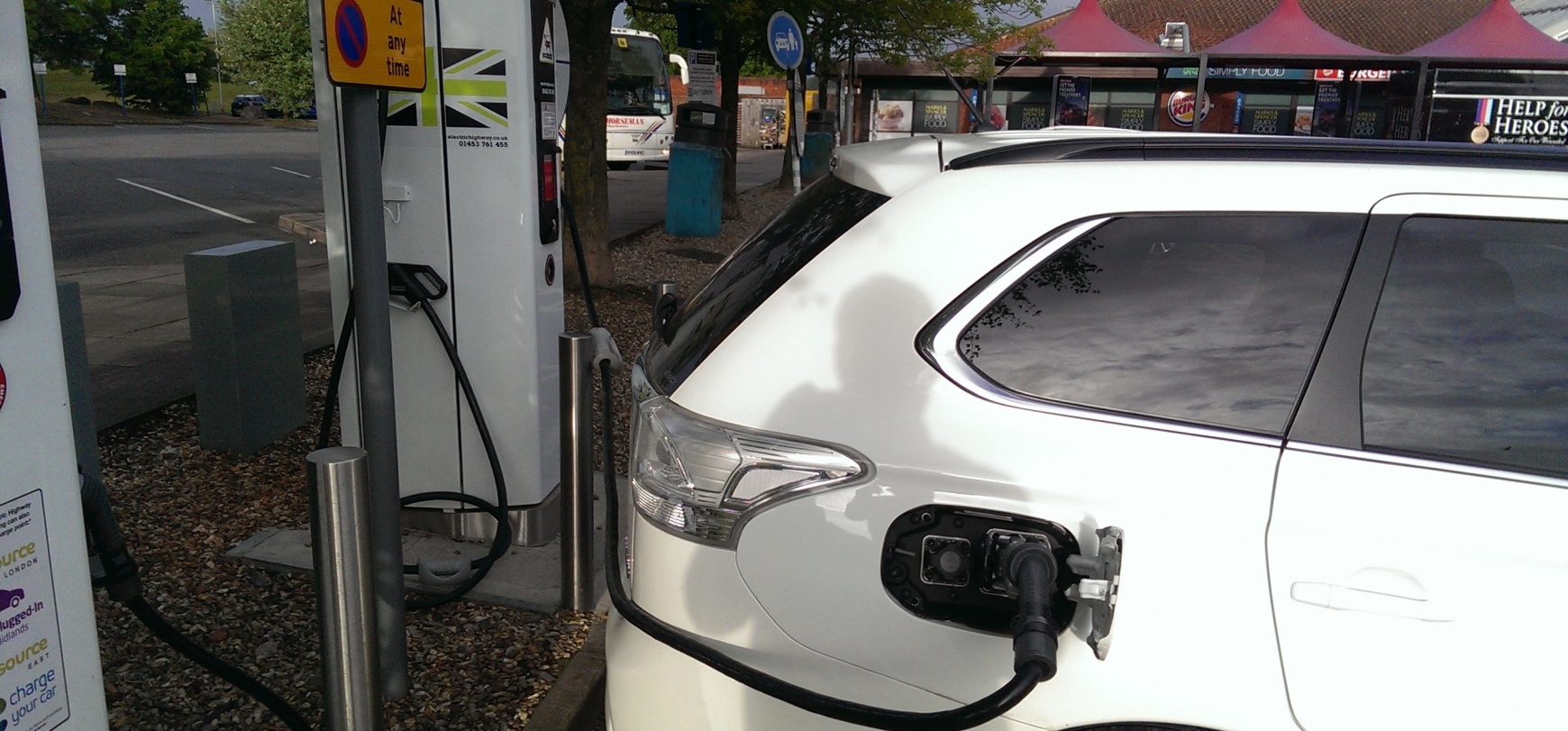Against a background of volatile energy prices, changing energy policy and diminishing government incentives for renewables. What opportunity does energy hold for farmers and growers?
From September/October 2018-February 2019, around a 60% peak-to-trough variation in the price of gas took place, making energy prices important to big and small energy users alike, as well as anyone producing electricity to sell. Meanwhile, developments in on-farm electric vehicles are gathering pace and battery storage costs are likely to come down in the next few years. But what should you be investing in now?
Maximise your gains from energy efficiency
Today, energy efficiency is about so much more than just using less. It still starts with ensuring you understand what your energy consumption is, how much you are paying for that energy and when and where you are using it on a day-to-day basis – but there’s no need to stop there.
There’s a whole host of energy efficient technologies offering the potential to make each pound spent on energy go further and do more. From electric vehicles and robot tractors to smart networks and other developments in wireless technology. As with traditional energy saving measures, several simple changes and small investments can add up to a big difference.
Vary and expand your use of renewable energy
Around 30% of NFU members have invested in some form of renewable energy, with most installations producing energy far below open market prices. Being smart about what you do with it, especially your surplus (which increases the more energy efficient your day-to-day operations become) can further boost your return on investment. Make sure you get the best deal for what you sell to the National Grid, but also use it wisely closer to home. Consider using the surplus heat or electricity to grow high value crops or in a diversification project or sell it to a community energy project.
Continue to keep an eye on the basics. The difference in whether a system is realising its return on investment or not often lies in the attention to detail paid to its ongoing operation and maintenance. Robust record keeping and equipment monitoring are essential to remaining fully compliant and to continuing receiving your payments.
Target new investment in technologies that are a good match for your demand
Schemes such as Renewable Obligations Certificates, the Feed-in Tariff and Renewable Heat Incentive were all designed to incentivise the take up of renewable energy.
Going forward, government policy is likely to be more stick than carrot, focused on environmental impact and energy efficiency. But this is far from bad news because you now have the opportunity to invest in generation equipment that doesn’t rely on financial incentives to make a return. The key here is to ensure your investment is driven by your specific energy consumption and the needs of your customers or supply chain as well your desire to offset risk to your business from any price fluctuation in the energy market. Think innovatively, but don’t speculate.
Call the team on 024 7669 6512 to find out more.


